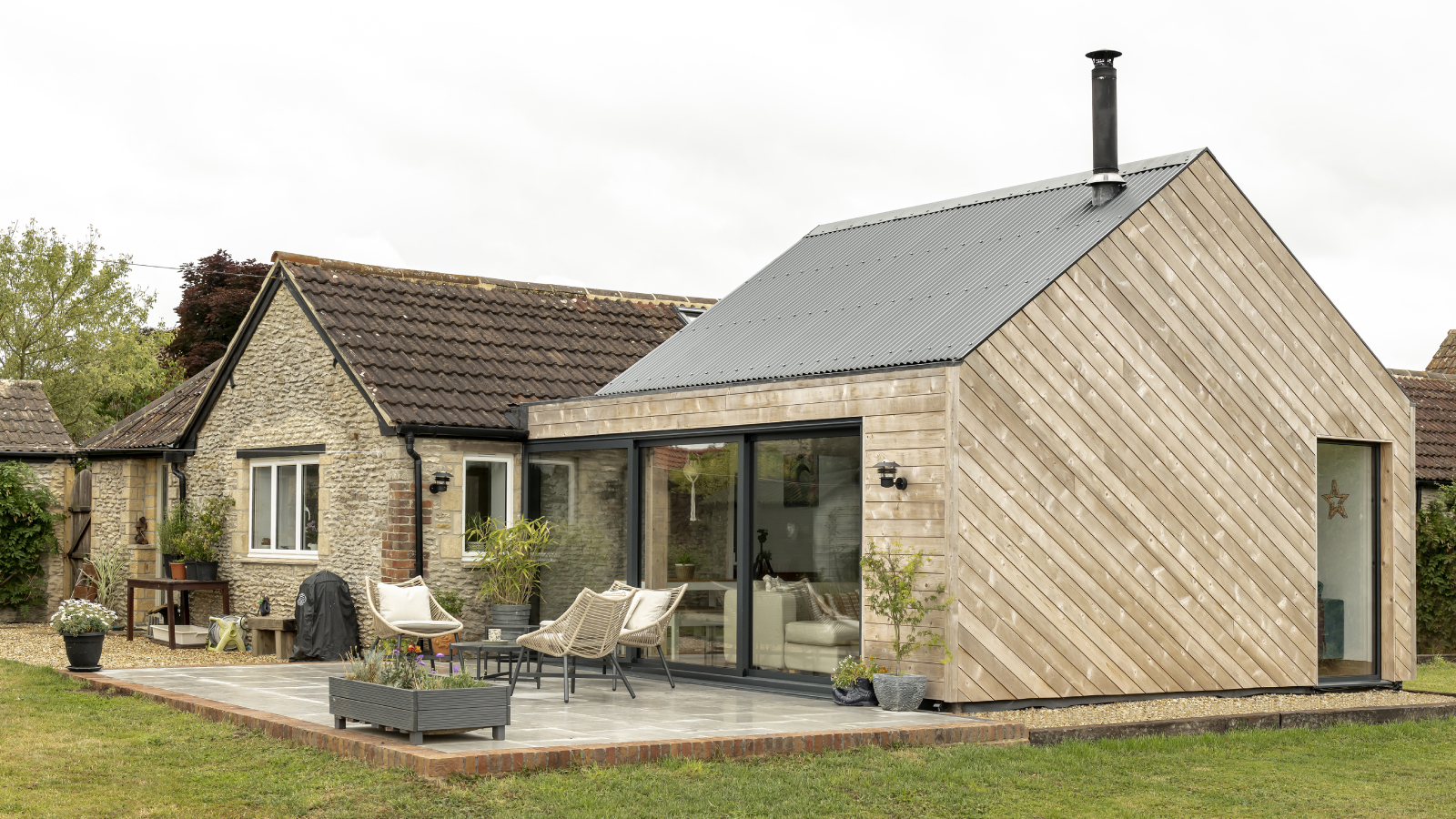What is nutrient neutrality and how might it affect your build?
Nutrient neutrality laws that were introduced to protect ecosystems around housing projects could have a significant impact on your self build

Nutrient neutrality laws in homebuilding have been implemented to ensure new projects don't add harmful nutrients to surrounding ecosystems.
These laws can have a significant impact on those looking to self build and cause delays and challenges in planning due to concerns around pollution.
Understanding nutrient neutrality is crucial for self builders as it can affect your project why they were introduced, how they may impact your project and what punishments you may face if you break nutrient neutrality laws.
What is nutrient neutrality?
Nutrient neutrality is the demonstration of zero additional nutrient contribution to rivers, estuaries and wetlands - in other words showing that a proposed development won't add to the current nutrient load, or may even reduce it.
Excess nutrients typically come from agriculture and sewage treatment works, and while they can come from private treatment plants, a January 2022 report from the Environmental Audit Committee (EAC) did not identify homebuilding as a major contributor.
If these nutrient levels are too high, then an area might be deemed by Natural England to be unsuitable for development because excess nutrients can cause seasonal algae bloom, which restricts the growth, distribution and variety of food and oxygen for the complex network of river ecology.
This is especially pertinent in Special Areas of Conservation (SACs), which are protected by European Habitats Directives and specific planning conditions requirements will be needed to be met in order to gain planning permission.
Bring your dream home to life with expert advice, how to guides and design inspiration. Sign up for our newsletter and get two free tickets to a Homebuilding & Renovating Show near you.

Why was nutrient neutrality introduced?
Growing fears over river pollution in the UK led the EAC to warn in January, 2022, that a “chemical cocktail of sewage, agricultural waste and plastic” was impacting the UK's rivers.
Natural England first advised some councils with failing SACs in 2019 to prevent housing schemes which were not able to demonstrate nutrient neutrality. Since then housebuilding in some catchment regions has been on hold due to high nutrients in the soil and water.
And in March, 2022, Natural England advised another 42 local authorities that development in some catchments cannot go ahead unless they are nutrient neutral – meaning an estimated 145,000 homes are now being delayed across 74 local authorities because of the issue, according to the Home Builders Federation (HBF).
How does nutrient neutrality impact self builders?
There has been widespread criticism of nutrient neutrality laws as it is claimed it has slowed down homebuilding.
Government housebuilding targets fell short again in Q4 in 2023 by over 60,000 homes according to government figures, with the number of planning approvals in 2023 already at its lowest level since the planning dataset's began in 2006.
The HBF estimates that nutrient neutrality laws were blocking 120,000 homes being constructed each year.
Stewart Baseley, executive chair of the HBF, said: "New homes are a negligible contribution to the river pollution issue that is a result of agricultural practices and water company failings."
He added homebuilders are "keen to play a part in protecting rivers", but the current rules are not solving the issue, rather "exacerbating another national crisis, our shortage of homes".

Self building in Herefordshire has been restricted for more than three years, and even some schemes with planning permission have been impacted because drainage proposals or changes to an approved scheme must show nutrient neutrality using a very tough set of criteria - or by applying a complex set of calculations and offering mitigation or betterment (which is very hard to do on small schemes).
The HCILG estimated that around half of the frozen applications are potential self and custom build plots.
Elsewhere, nutrient pollution in the River Solent has led to Somerset (which has around 11,000 homes delayed in a backlog), Hampshire (around 16,000) and Kent all since being placed under planning restrictions.
What is the punishment for breaking nutrient neutrality laws?
The consequences for breaking nutrient neutrality laws can vary depending on the specific regulations in place and the severity of the violation.
In many cases fines or penalties on individuals or entities found in breach of nutrient neutrality rules will be made, although legal action may also be taken including the possibility of halting or reversing the development that caused the breach.
Regulatory authorities may also require the responsible parties to implement corrective measures or invest in restoration efforts to mitigate the environmental impact.
It's important to check the specific laws and regulations in the relevant jurisdiction to understand the potential penalties for breaking nutrient neutrality laws, as they can vary widely.
Nutrient neutrality calculators still available
The government has developed catchment-specific nutrient neutrality calculators to help homebuilders calculate the precise amount of mitigation required to meet planning conditions before they decide to build their own home.
This aimed to help self builders make informed decisions about their construction projects and ensures that they comply with environmental regulations.
The government have also provided extra funding for local authorities to hire dedicated nutrients advisors for local planning authorities, which is hoped will help to share the best practices and provide advice to councils and developers to make sure they are informed about the most effective methods of mitigating the impact of construction on local ecosystems.
Nutrient neutrality calculations and assessments will be updated on January 26, 2024 by Natural England.

News Editor Joseph has previously written for Today’s Media and Chambers & Partners, focusing on news for conveyancers and industry professionals. Joseph has just started his own self build project, building his own home on his family’s farm with planning permission for a timber frame, three-bedroom house in a one-acre field. The foundation work has already begun and he hopes to have the home built in the next year. Prior to this he renovated his family's home as well as doing several DIY projects, including installing a shower, building sheds, and livestock fences and shelters for the farm’s animals. Outside of homebuilding, Joseph loves rugby and has written for Rugby World, the world’s largest rugby magazine.
